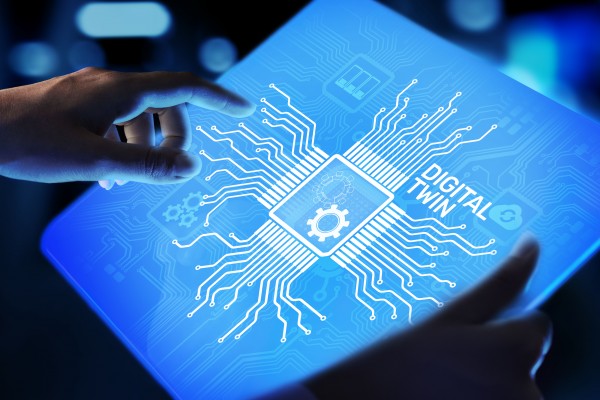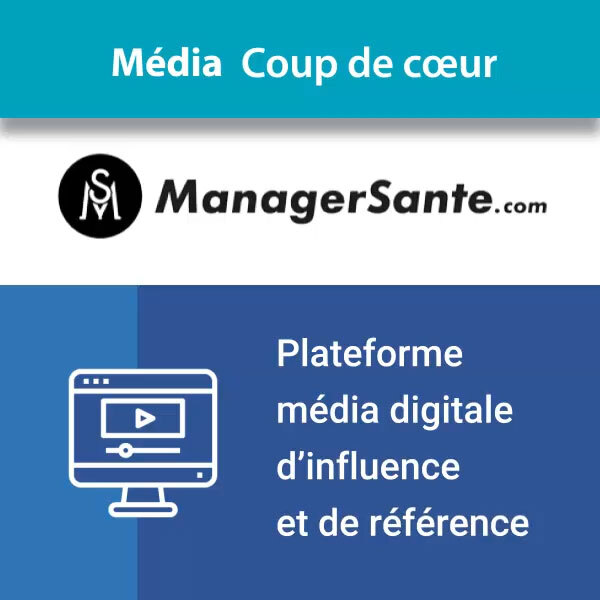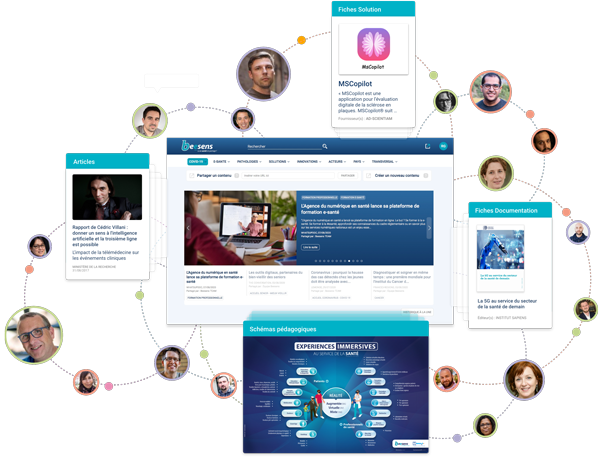"The digital twin is one innovative approach that is transforming clinical trial by providing the closest simulation to real life and helping healthcare companies better understand how perform in real life conditions.
Digital twins are increasingly being used in clinical trials to ease the conduct of these trials.
There are many benefits to using digital twins, including improved trial design, increased patient recruitment and retention, and more efficient data collection and analysis. However, there are also risks associated with using digital twins in clinical trials, and regulatory oversight is needed to ensure that these risks are adequately managed.
What are digital twins
A digital twin is a digital replica of a physical object or system that can be used for various purposes, including monitoring and managing the performance of the physical object or system. The term “digital twin” was first coined by Dr. Michael Grieves of the University of Michigan in 2002.
Digital twins are created by combining data from sensors and other sources with computer models to create a virtual model of an entity. This virtual model is then used to simulate various scenarios, test new ideas or designs, make predictions, or otherwise improve understanding of the entity being represented.
The use of digital twins is not limited to any particular industry or application, but has been adopted in many different fields such as manufacturing, healthcare, transportation, energy, and more.
Examples of digital twins
Some examples of digital twins include:
A jet engine manufacturer uses sensors to collect data on temperature, pressure, vibration, and other factors from jet engines in service. This data is then used to create a virtual model of the engine which can be used to test new designs and predict how the physical engines will perform over time.
A hospital uses patient data collected from electronic health records (EHRs), wearable devices, and other sources to create a digital twin of each patient. This information can be used by doctors and nurses to better understand each patient’s individual needs and provide more personalized care.
An automotive company uses data collected from sensors on vehicles in use to create a virtual model of the car’s components. This information can be used to design new products or make predictions about how the physical cars will perform over time..."
Lire la suite
Digital Twin: A New Trend for Clinical Trials
DIGITAL SALUTEM, 25/01/2023
Partagé par :
Beesens TEAM











